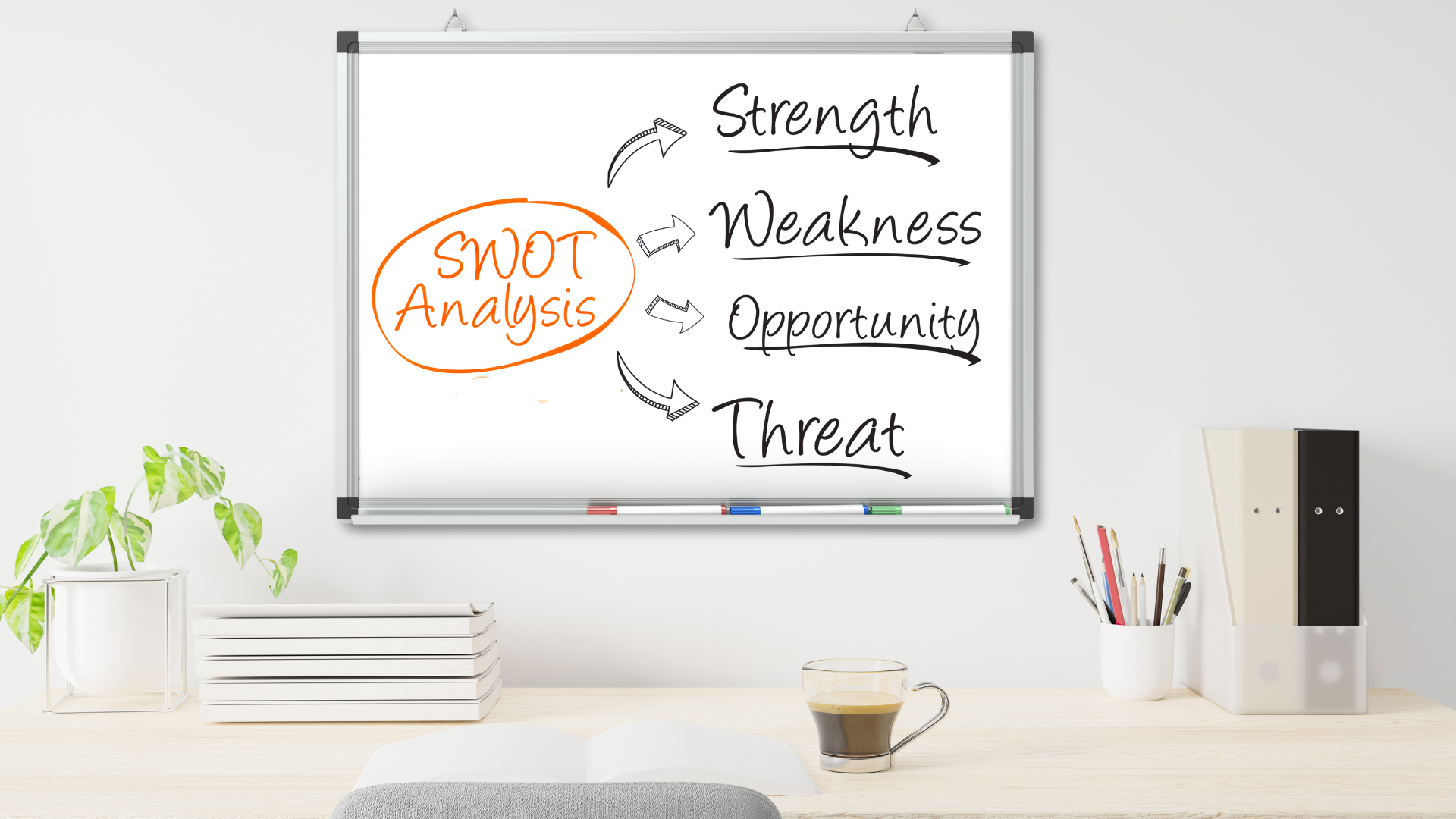Why We SWOT
Ever feel like you can’t open a newspaper without reading something about safety issues with planes, recalls on cars, or e-coli in your lettuce? These companies’ reputations take a hit…for a while, but eventually we all have to drive to work, fly somewhere, or eat a salad. The truth is that these companies should know better, they should be accountable for their operational effectiveness and how it impacts consumers and employees. After all their actions directly affect the wellbeing of real, live people.
Many of these large corporations have become good at apologies. They are quick to publicly express heartfelt commitments to correcting their inconsistencies and missteps. So why does it feel like it’s not long before their names splash across the evening news for other similar infractions? You might be questioning why these large, well-known companies struggle with what appears to be basic operational practices. The truth is that no matter the size of the company, whether non-profit or for-profit, family-owned, or public, sustainability largely hinges on—practical strategic planning.
Thoughtful strategic planning begins with an honest evaluation of a company’s internal strengths and weaknesses, followed by a review of external opportunities and threats. A more thorough practice also includes scenario planning, which tests an organization’s current resource and response capabilities given likely and unlikely circumstances that could impact its industry. For example, for years we’ve heard that enrollment across higher education is expected to decline, in part because of decreasing birth rates and increasing skepticism of the value of academic credentials. Given this prediction, an institution would be wise to engage in planning strategies that address both concerns based on its current resources before identifying tactical strategic initiatives to address known gaps.
While scenario planning may not be practical for every organization, conducting a SWOT analysis is the bare minimum for responsible leadership. Annually, organizations should spend time with their teams to evaluate and discuss strengths, areas that need improvement, opportunities for growth, and threats that need mitigation. A SWOT can uncover vulnerabilities that are often overlooked and may otherwise lead to disastrous consequences. A recent New York Times article reported that Tesla owners in Chicago discovered that their electric vehicles were less efficient and had reduced range in freezing temperatures. This unexpected revelation, particularly for those who found themselves needing to tow their EVs, highlights the critical role of a SWOT analysis in identifying and mitigating potential weaknesses and risks. While it’s not guaranteed that a SWOT exercise would have preemptively identified this specific issue, it would have created a strategic forum for discussion during manufacturing or testing phases. The article goes on to mention that other cold-weather countries have addressed these inherent shortcomings of EVs by installing more charging stations and better educating consumers so they can be prepared during the winter months. This demonstrates how a SWOT analysis can be a catalyst for innovation and adaptation, guiding organizations to respond effectively to both existing and potential challenges.
Conducting self-assessments to identify areas of weakness or vulnerability may not be everyone’s favorite activity, but it offers a significant advantage: the opportunity for a measured, proactive response as opposed to the haphazard, reactive responses quickly made to mitigate declining consumer confidence. Even as a small consulting firm, we recognize the importance of conducting our own SWOT analysis. Amidst our busy schedules, it’s crucial to constantly seek improvements in our operations. Knowledge and expertise can never stagnate. We must always be looking for opportunities to continue providing value and offering reliable guidance so our clients can make informed decisions. This entails acknowledging, understanding, discussing, and addressing our internal weaknesses and external threats, and leveraging our strengths and opportunities to support our mission and our clients’ missions. A simple Google search of SWOT analysis will offer links to a variety of resources (like this one from the Community Tool Box), but, at the end of the day, most important is that an honest SWOT analysis be conducted followed by an open and transparent discussion.
Peter Drucker once said, “People in any organization are always attached to the obsolete—the things that should have worked but did not, the things that once were productive and no longer are.” Companies that avoid facing the hard truths and continue to rely on what has always worked will soon find themselves struggling to catch up in a world where they were once ahead.
The practice of conducting a SWOT analysis transcends mere business strategy; it's a vital exercise in accountability and foresight. In a world where consumer trust is as fragile as it is crucial, organizations of all sizes and types cannot afford to overlook the importance of regularly evaluating their strengths, weaknesses, opportunities, and threats. An honest, thorough SWOT analysis equips companies with the insights needed to innovate, adapt, and stay ahead in an ever-changing landscape. It's about being proactive rather than reactive, learning from past mistakes, and strategically planning for a future where the organization not only survives but thrives.

